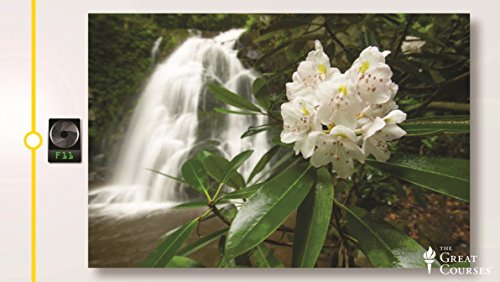best-landscape-and-wildlife-photography-tips-from-experts

Best Landscape and Wildlife Photography Tips From Experts
With the rapid advancement of technology, capturing stunning landscape and wildlife photographs has become more accessible than ever. Whether you’re a seasoned professional or an aspiring enthusiast, having the right knowledge and techniques can elevate your photography skills to new heights. In this comprehensive guide, we bring you expert tips and tricks to help you create captivating images that will leave your audience in awe.
Contents:
- Essential Camera Settings
- Lens Selection for Landscapes and Wildlife
- Mastering Composition and Focus
- Choosing the Right Exposure
- Understanding Light and Lighting Conditions
- Tips for Capturing Wildlife in Action
- Post-Processing for Impactful Results
- Recommended Books and Resources
Essential Camera Settings:
- Aperture Control: Aperture is crucial for controlling the depth of field. For landscapes, use smaller apertures (higher f-stops) to keep everything in focus from foreground to background. For wildlife, use larger apertures (lower f-stops) to isolate the subject and blur the background.
- Shutter Speed: Shutter speed determines how long the sensor is exposed to light. For landscapes, use slow shutter speeds (e.g., 1/30th of a second) to capture flowing water or clouds in motion. For wildlife, use faster shutter speeds (e.g., 1/1000th of a second) to freeze the action.
- ISO: ISO adjusts the sensor’s sensitivity to light. Use lower ISO values (e.g., ISO 100) in bright conditions to minimize noise and grain. In low-light situations, increase the ISO (e.g., ISO 800 or higher) to brighten the image but be mindful of noise.
Lens Selection for Landscapes and Wildlife:
- Wide-Angle Lenses: Wide-angle lenses (e.g., 16-35mm) are ideal for capturing expansive landscapes and large groups of wildlife. They allow you to fit more elements into the frame, creating a sense of depth and scale.
- Telephoto Lenses: Telephoto lenses (e.g., 70-200mm or longer) enable you to zoom in on distant subjects and wildlife while maintaining image quality. They are particularly useful for isolating specific details or capturing shy animals from a safe distance.
Mastering Composition and Focus:
- Composition Techniques: Apply the rule of thirds, leading lines, and other compositional techniques to create visually appealing images. Experiment with different viewpoints and perspectives to add interest and narrative to your photographs.
- Focusing Techniques: Manual focus allows you to have precise control over the point of focus, ensuring sharp and crisp images. Use autofocus when tracking moving subjects or in situations where the subject distance changes rapidly.
Choosing the Right Exposure:
- Histogram Analysis: Learn to read and interpret the histogram to ensure proper exposure. A balanced histogram indicates a well-exposed image. Adjust exposure settings accordingly to avoid overexposed highlights or underexposed shadows.
- Bracketing: Use exposure bracketing to capture a series of images at different exposure values. This technique is particularly useful in challenging lighting conditions or when you’re unsure about the ideal exposure.
Understanding Light and Lighting Conditions:
- Golden Hours: The golden hours, just after sunrise and just before sunset, offer the most flattering light for landscape and wildlife photography. The warm, diffused light adds warmth and richness to your images.
- Diffused Light: Diffused light, such as on cloudy days, creates even and soft illumination, minimizing harsh shadows and providing a more forgiving environment for photography.
Tips for Capturing Wildlife in Action:
- Patience and Observation: Wildlife photography requires patience and the ability to observe animal behavior. Be willing to wait for the right moment, and be prepared to capture the action as it unfolds.
- Camouflage and Stealth: Use camouflage clothing and accessories to blend into the environment and avoid startling wildlife. Move slowly and quietly to minimize disturbance.
Post-Processing for Impactful Results:
- Raw Image Editing: Raw files provide more flexibility for post-processing compared to JPEGs. Use editing software like Adobe Lightroom to adjust exposure, contrast, color, and other parameters.
- Selective Adjustments: Use tools like adjustment brushes and graduated filters to apply targeted adjustments to specific areas of your images, enhancing specific elements and drawing attention to key details.
Recommended Books and Resources:
- Understanding Exposure, 4th Edition: How to Shoot Great Photographs with Any Camera by Bryan Peterson.
- The Photographer’s Eye: Composition and Design for Better Digital Photos by Michael Freeman.
- National Audubon Society Field Guide to North American Birds, Eastern Region by National Audubon Society.
With these expert tips and techniques, you can take your landscape and wildlife photography to new heights. Remember to experiment, practice, and refine your skills over time. Most importantly, have fun and enjoy the creative process!
Disclaimer: This article is an advertisement or advertorial for specific product recommendations. We receive a commission for any purchases made through the links provided in this article.